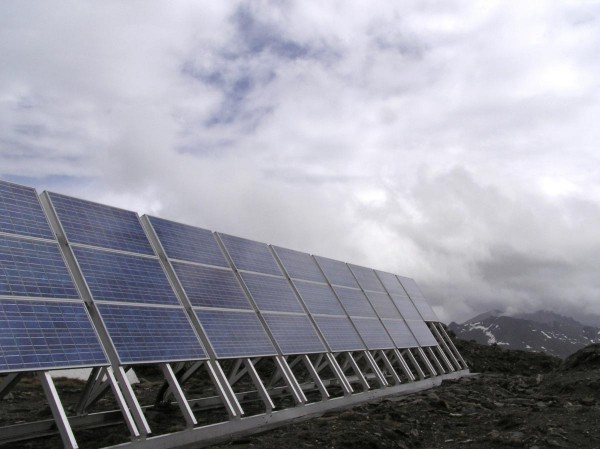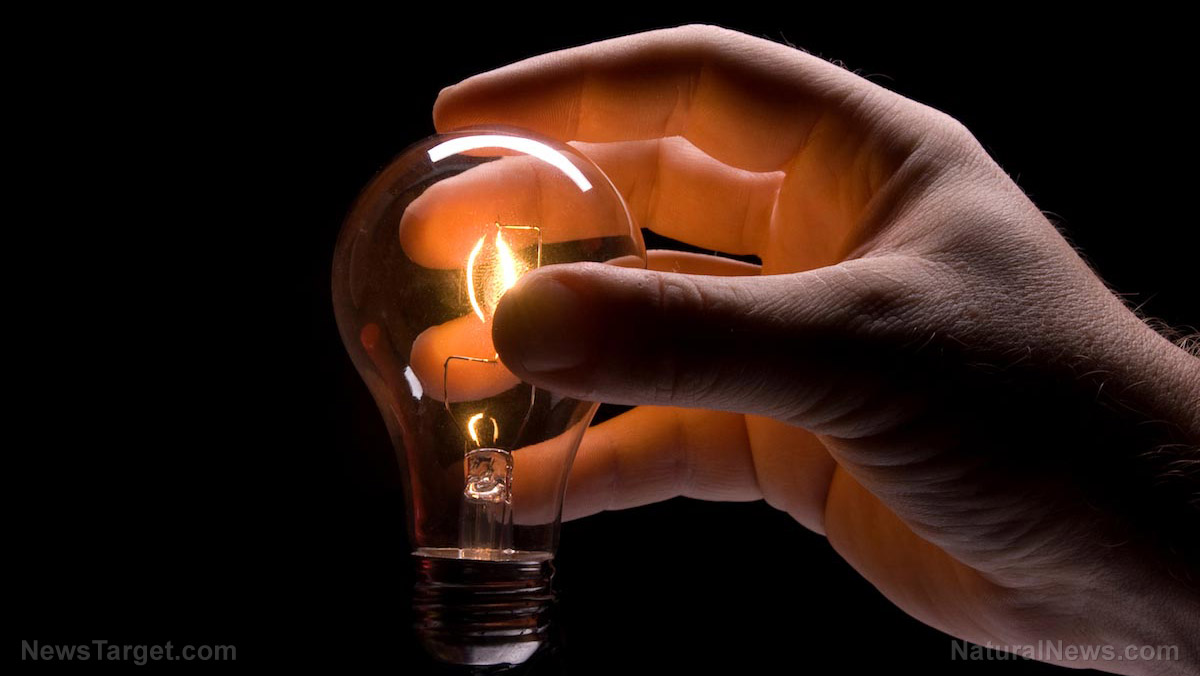Humanity has truly come a long way as far as battery technology is concerned. Nowadays, it’s clear that lithium-ion is the undisputed king out of all the possible battery technology standards in the modern world. It powers the majority of electronic devices and is the kind of battery that most people are familiar with.
However, its popularity doesn’t necessarily equate to its total superiority compared to all other battery types. In fact, there are many researchers all over the world who are actively searching for lithium-ion battery alternatives.
Now, experts from the University of Surrey and the University of Bristol, in cooperation with Superdielectrics Ltd., have developed polymer materials – supercapacitors – that could serve as viable lithium-ion alternatives. Only last year, the group announced findings relating to novel polymer materials that are said to have dielectric properties that are up to 10,000 times greater than currently existing electrolytes (electrical conductors). This time, they managed to go all the way and convert their findings into actual “device” scale technical demonstrations, according to a report.
According to the researchers, they were able to achieve practical capacitance values of up to four farads per square centimeter on smooth low-cost metal foil electrodes. Compared to the usual 0.3 farads per square centimeter achievable with current standard supercapacitors on the market, their research result was highly impressive.
What’s more, they managed to up the capacitance even further by hitting results of 11-20 farads per square centimeter when they took polymers and used them with specially treated stainless steel electrodes. As of this time’s writing, the details of the method they used to achieve these numbers are under wraps, but it will all be revealed pending an active patent application for the method itself.
According to Dr. Brendan Howlin, a senior lecturer in Computational Chemistry at the University of Surrey, their findings may be promising but there’s still plenty of room for improvement. “These results are extremely exciting and it is hard to believe that we have come so far in such a short time,” he said. “We could be at the start of a new chapter in the technology of low cost electrical energy storage that could shape the future of industry and society for many years to come.”
The team of scientists behind the impressive results noted that they were able to test the new materials in two separate ways. The first one is by using small single-layer cells that have been charged to 1.5 volts for about two to five minutes, and then power demonstration devices, such as a small electric fan. The second way is by using a three-cell series stack that can charge up quickly to five volts and holds enough power to operate an LED.
Dr. Donald Highgate, the Director of Research for Superdielectrics Ltd. and an alumnus of the University of Surrey, said that the results they achieved are a culmination of a decades-long effort. “These exciting results are of particular satisfaction to me because they build upon my work in hydrophilic polymers that has been a major part of my professional life,” he explained, “beginning in the later 1970s with extended wear soft contact lenses, and leading in the period 1990 to 2009, to fuel cells and electrolyzers of exceptional efficiency.”
Now that the scientists have shown these impressive results with their supercapacitor technology, all that’s left is to convert it to commercially viable devices and installations. It is said that they could be enough to power electronic devices in the future, as well as charging stations for future electric vehicles. It will be interesting to see if it manages to fully replace lithium-ion in the next 20 years.
Read more about the future of batteries at Power.news.
Sources include:
AlphaGalileo.org
Bris.ac.uk



















